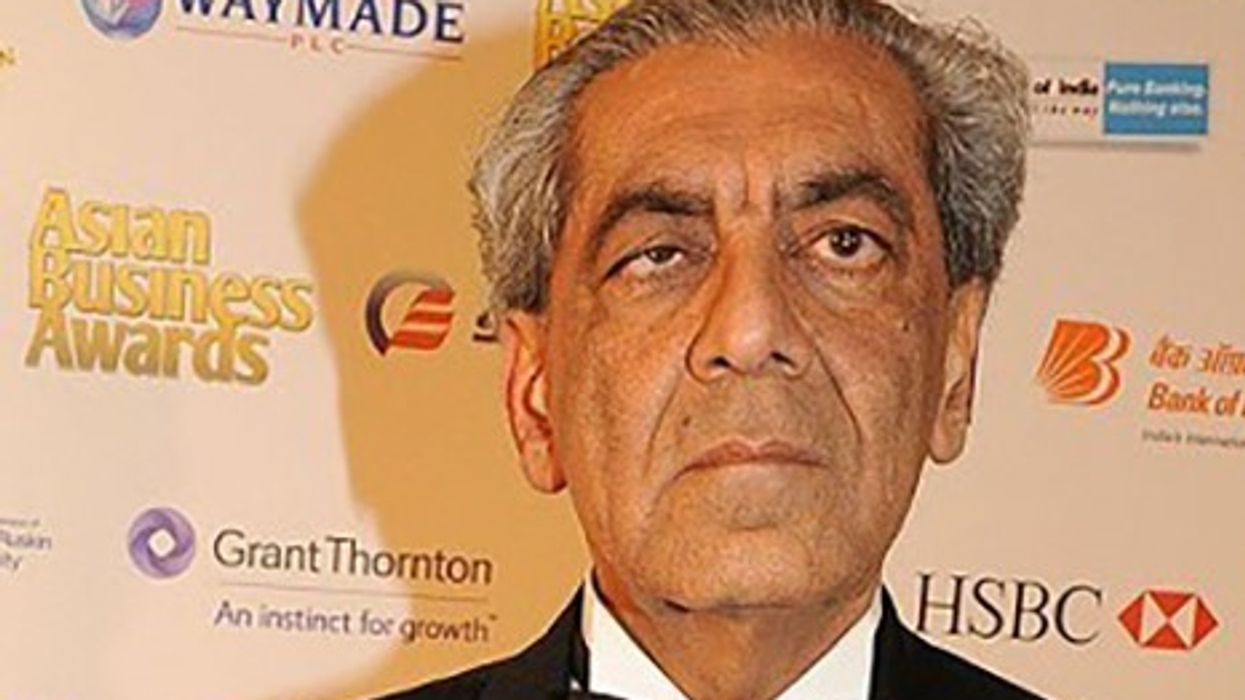Diwali, or Deepawali, is the most significant and widely celebrated Hindu festival, known as the ‘Festival of Lights.’ For Hindus worldwide, Diwali symbolises the victory of good over evil and light over darkness, celebrated over five days with each day carrying its own unique rituals.
On the third day, families gather to illuminate their homes and offer prayers, reflecting both spiritual and cultural values. The festival’s roots lie in timeless stories, like the return of Lord Rama to Ayodhya after 14 years of exile, celebrated with lamps and diyas symbolising the triumph of righteousness. It’s also a time for welcoming prosperity, with traditions like acquiring gold for wealth and security—a custom made even easier today through digital means.
TallyMoney: Modernising gold ownership for Diwali and beyond
Gold has long stood as a powerful symbol of wealth, prosperity, and enduring security in Hindu tradition, representing both material abundance and spiritual blessings across generations. On Dhanteras, families purchase jewellery, coins, and household items made of gold, believing this will invite prosperity and good fortune. However, storing it safely, insuring it, and accessing it quickly can be cumbersome and expensive. That’s where TallyMoney offers a more modern solution for owning gold, allowing you to embrace prosperity this Diwali while maintaining ease and flexibility.
Think of TallyMoney as the 21st century alternative to traditional gold ownership. With TallyMoney, you’re still securing your savings in real gold you own directly, but without the stress and hassle of holding physical metal. Every unit of tally is tied to 1 milligram of actual, physical gold stored securely in Swiss vaults. So, instead of storing your gold under your mattress or in a locker, you’ve got it safely stored and easily accessible in digital form.
Unlike fiat currencies like the pound, euro, or dollar—which are prone to inflation because governments can print more money whenever they like—tally is backed by tangible value. Gold has a proven history of maintaining its worth, and over the long term, it tends to appreciate, with an average return of 11% annually over the past 20 years1. This makes TallyMoney the perfect way to secure your savings and grow your wealth.
And the best part? You can spend your tally like any other currency, with all the flexibility you’re used to from a fiat currency account. It's like having a credit card where your money is directly backed by the value of real gold. Who said owning gold had to be complicated?
"Why not just buy gold the old-school way?" Well, let’s break it down. While purchasing physical gold may seem straightforward, it’s actually full of hidden costs and complications.
First, you need to store it safely, and that often means paying for a secure vault or insurance. Then, when you want to sell it, you’re faced with fees for identification, verification, and transportation. Plus, buying and selling physical gold can be a slow process that could take days or even weeks to complete. For many people, this makes the gold-buying experience a logistical nightmare.
That’s where TallyMoney shines. It removes all those practical limitations, giving you the best of both worlds: the security and stability of gold, with the flexibility of a currency you can spend or withdraw whenever you like. No need to worry about safekeeping or high transaction costs!
Exclusive Diwali offer: Secure your future with TallyMoney
During Diwali, as families come together to celebrate prosperity, it’s the perfect time to think about securing your financial future. Just like you buy gold coins and jewellery on Dhanteras, you can build your wealth through TallyMoney, a more flexible and modern approach to owning gold. TallyMoney allows you to convert your cash into real gold with just a few clicks, giving you instant access to your savings, while also benefiting from gold’s long-term growth potential.
And hey, you don’t have to go through the stress of dealing with physical gold—no vaults, no insurance, no waiting periods. You can spend tally like you’d spend regular money, except your wealth is directly backed by the value of gold. It’s truly the best of both worlds.
To make your first steps even easier, we’re offering an exclusive Diwali promotion. Visit this link (https://www.tallymoney.com/easterneye/) and use the promo code EASTERNEYE to receive 200mg of free gold and a reduced activation fee—only £19 instead of £29. Take advantage of this special offer and start building your wealth today!


















